Released today, Quadrant is the 400th movie from Full Moon Features, Charles Band’s B-movie production company. However, this huge milestone for genre cinema comes with a catch: Quadrant extensively uses AI art.
Since the 1970s, Band has been a driving force in the world of low-budget, high-concept films. Both as a director and a producer, the band is always looking for new and fun genre concepts he can turn into a movie while spending as little time as possible. No wonder Band is known as the “Godfather of B-Movies.” Of course, most of these projects don’t have broad theatrical releases, meaning they are relatively unknown to the general public. Still, during his prolific career, Band has helped to birth a few longstanding franchises such as Puppet Master, Subspecies, and Trancers.
For Full Moon’s 400th feature, Band put on his director hat and shot a sleeky slasher focused on virtual reality and the dangers of unleashing our darkest fantasies. Quadrant is everything you can wish from a B-Movie. It has a curious concept that feels fresh, and a dedicated cast and crew are trying to bring the script to life, knowing they don’t have much money to spend. This somewhat artisanal approach to filmmaking is what genre fans look for in B-Movies, a domain where creativity counts more than special effects.
At first glance, Quadrant is an easy recommendation for any B-movie fan. Band is a solid director, the film is surprisingly well-acted, and the script checks all the expected boxes for a fun horror experience. Yet, Quadrant‘s over-reliance on AI art makes Full Moon’s latest release divisive.
Quadrant raises questions about using AI as a money-saving tool
Quadrant follows Shannon Helene Barnes as Erin, a young woman obsessed with Jack the Ripper. Wishing to understand the killer, she decides to become a subject for the titular technology, a virtual reality machine that conjures people’s darkest nightmares so they can face their traumas. Such a concept would demand a team of diligent artists capable of recreating multiple dreamscapes with digital and practical effects. So, Quadrant cuts some corners by generating fantastic scenarios using Artificial Intelligence tools. This choice is bound to ruffle some feathers.
The recent strikes by the Writers Guild of America (WGA) and the Screen Actors Guild-American Federation of Television and Radio Artists (SAG-AFTRA) have raised serious concerns about AI. The fear is that AI could replace human creativity and labor, leading to job losses and homogenization of artistic expression. These are relevant concerns, given that multibillionaire companies such as Disney have already started experimenting with AI to reduce personnel – the Secret Invasion controversy is just one example.
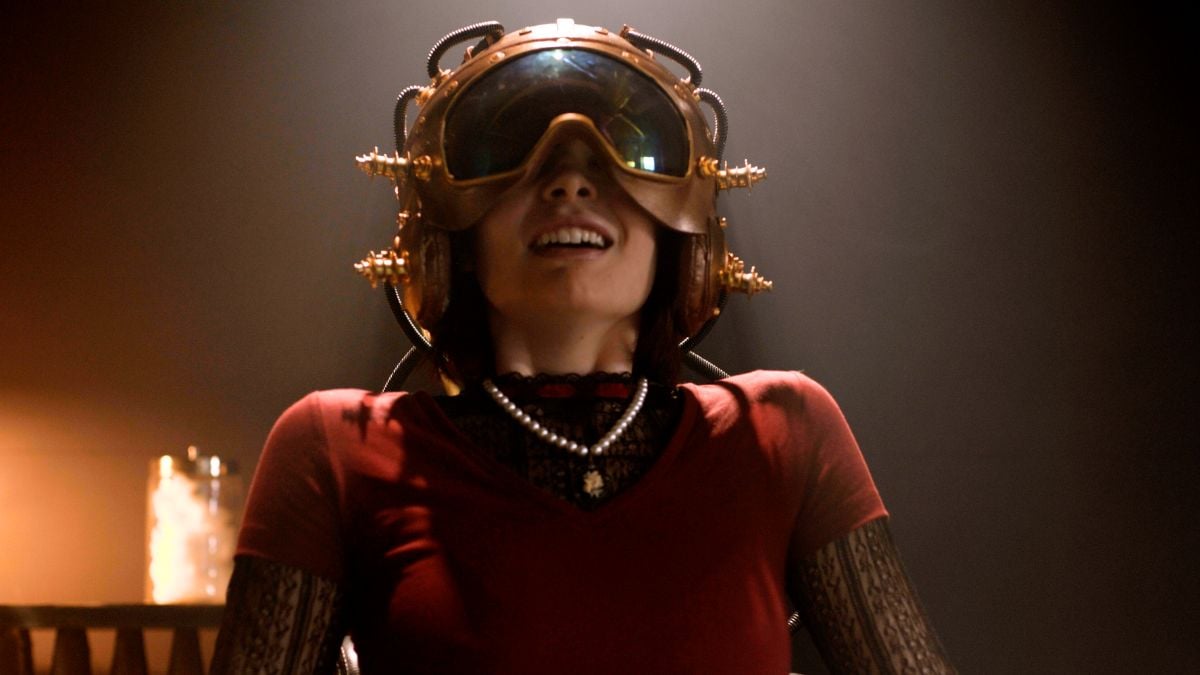
Issues of copyright infringement, intellectual property rights, and fair compensation for artists whose work may be used to train AI models are also at the forefront of these debates. After all, AI tools can only reproduce any type of art by studying and copying the styles of hundreds of artists, more than often without permission. So, there’s no arguing that AI should be better regulated, lest greedy companies exploit it to increase their investors’ Christmas bonuses while thousands of people lose their source of income.
Nevertheless, while AI must be controlled, there’s also an argument favoring its use by small productions. For independent filmmakers like Charles Band, AI tools can provide access to visual effects that would otherwise be out of reach due to money constraints. In Quadrant, it’s not the case of replacing workers but incorporating narrative elements that would not exist otherwise. In short, AI could be the difference between a project being made or remaining in development limbo for B-movie producers operating on tight budgets.
In the case of Quadrant, the use of AI is also explicitly advertised. Band himself has already discussed the tool in interviews, and even the opening credits underline that Artificial Intelligence has been used to generate the Quadrant’s scenarios. So, Full Moon is being upfront about its AI use instead of hiding it.
There’s no easy answer regarding the presence of AI in films. Revolutionary technology promises to upheave every level of human iteration in the coming years. For some, that’s a scary thought. For others, it represents an opportunity. While we keep searching for the best solutions for these issues, the least that film producers should do is be transparent about it. Full Moon sets the example with Quadrant by giving audiences the choice to watch the movie or not, depending on their personal view of the technology.

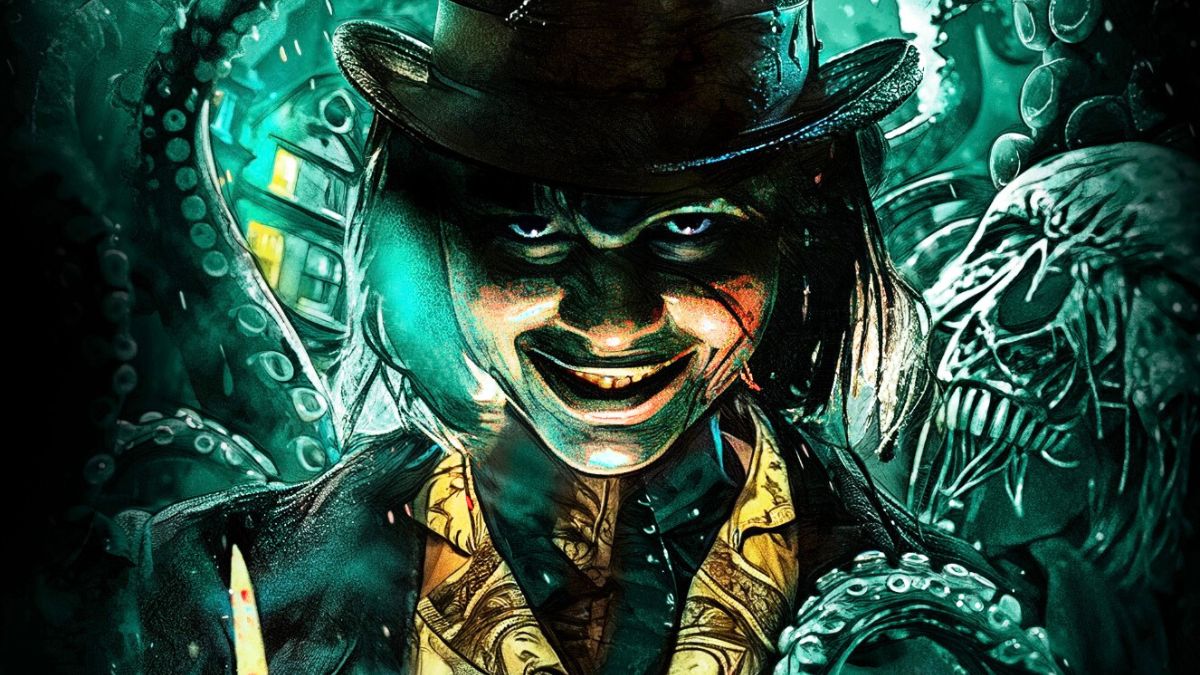
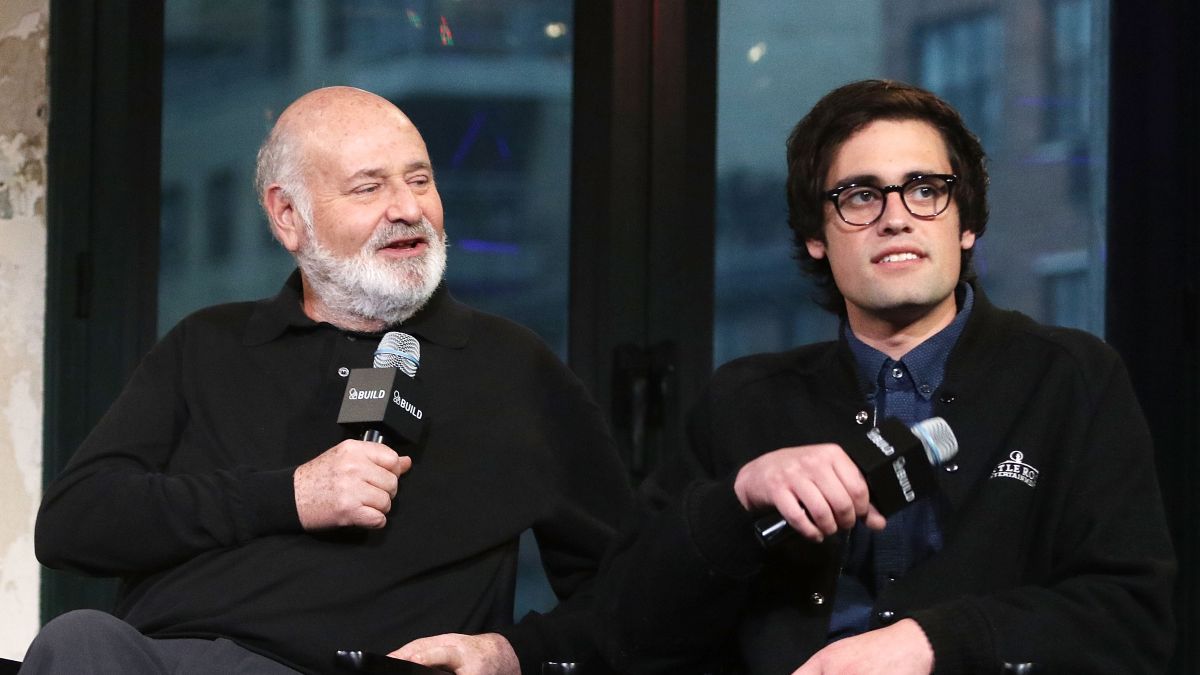
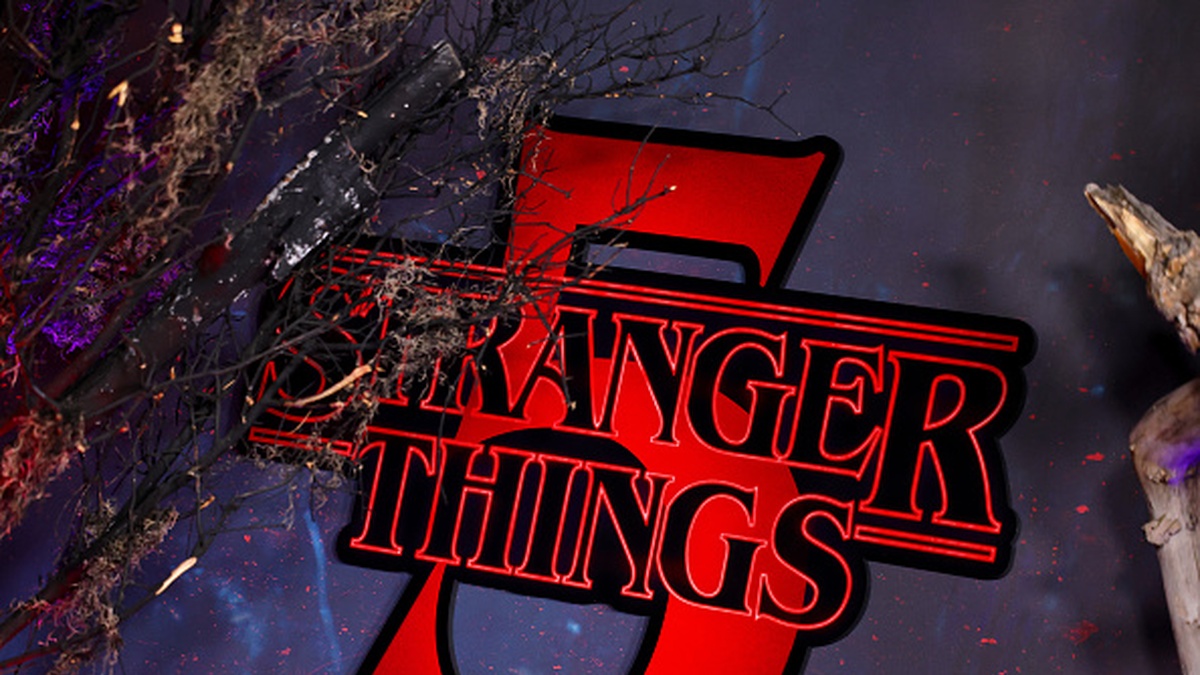
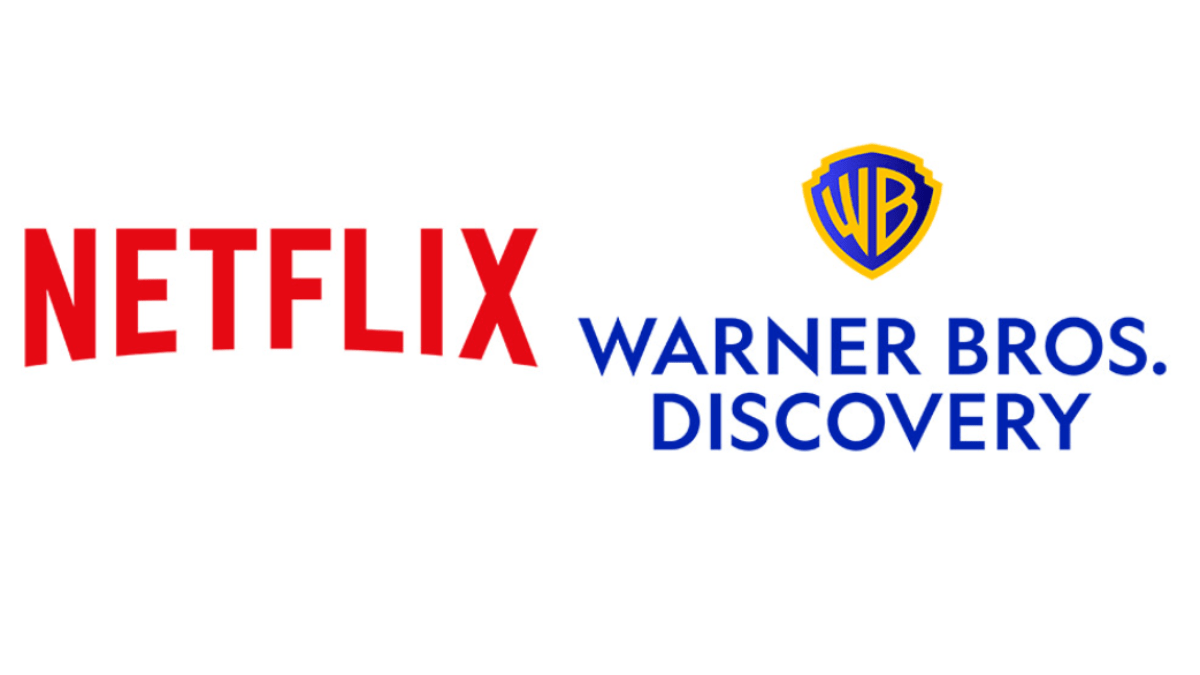
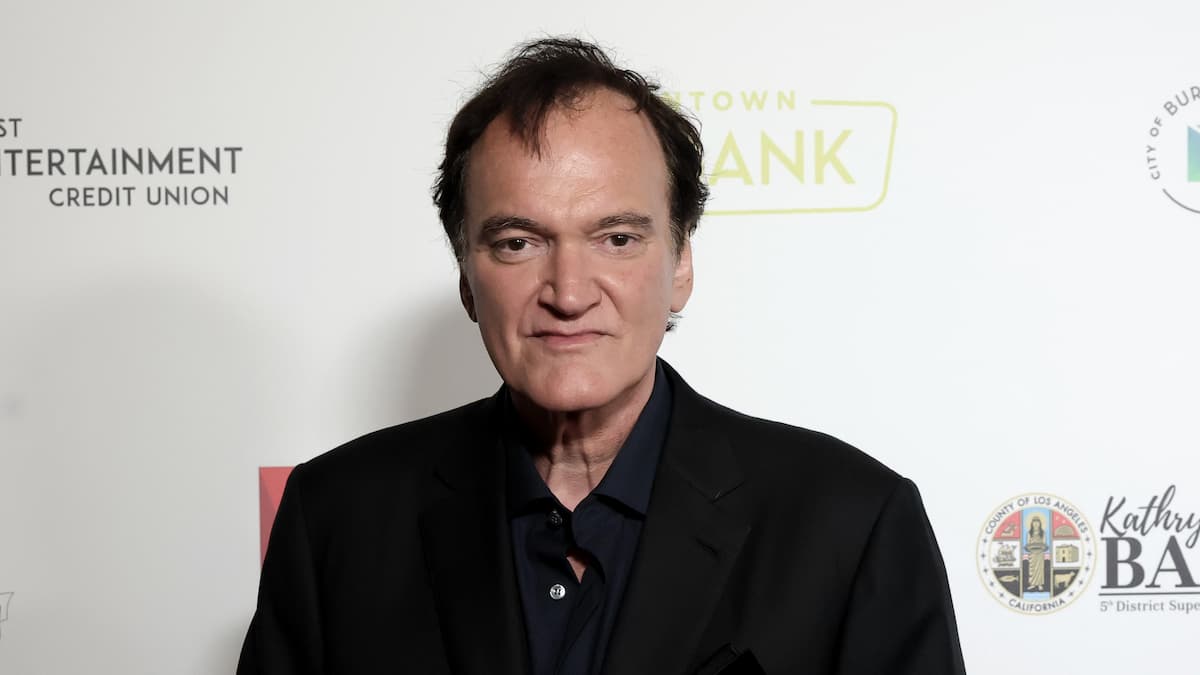
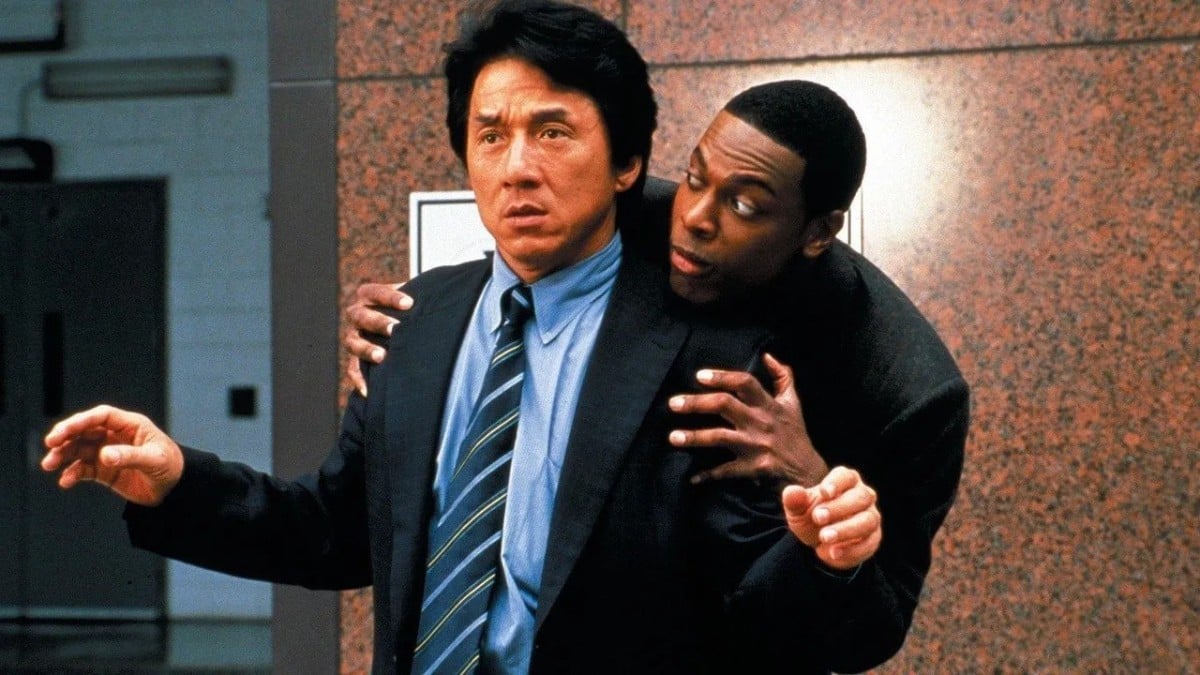
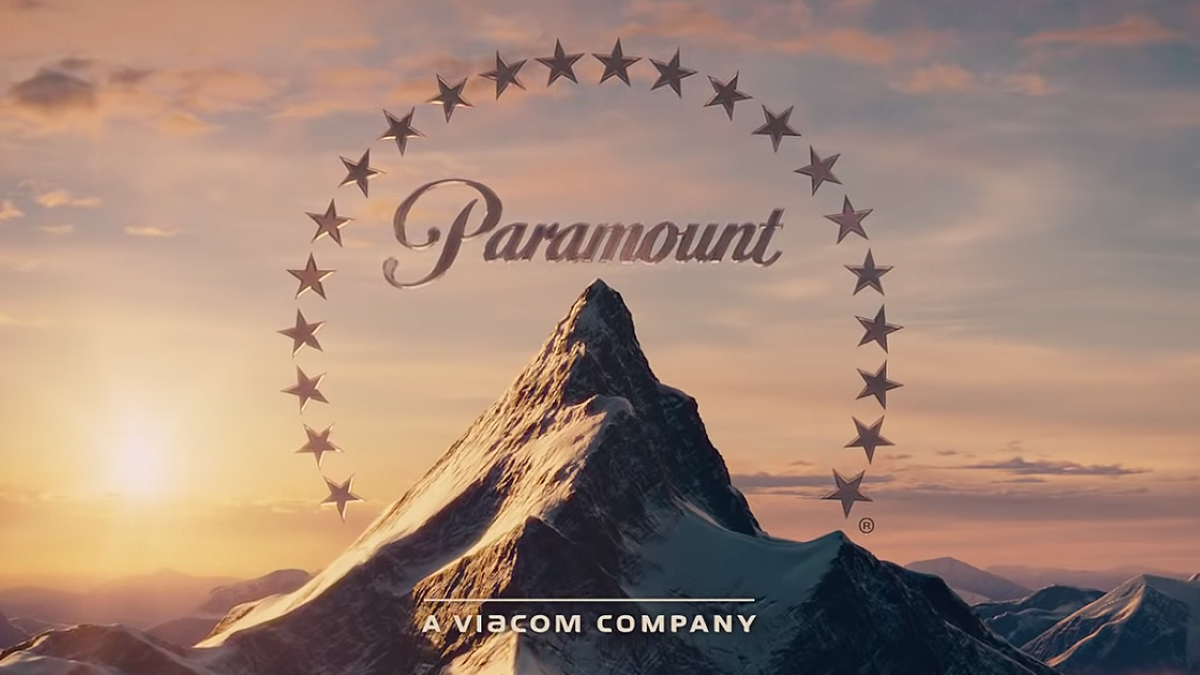
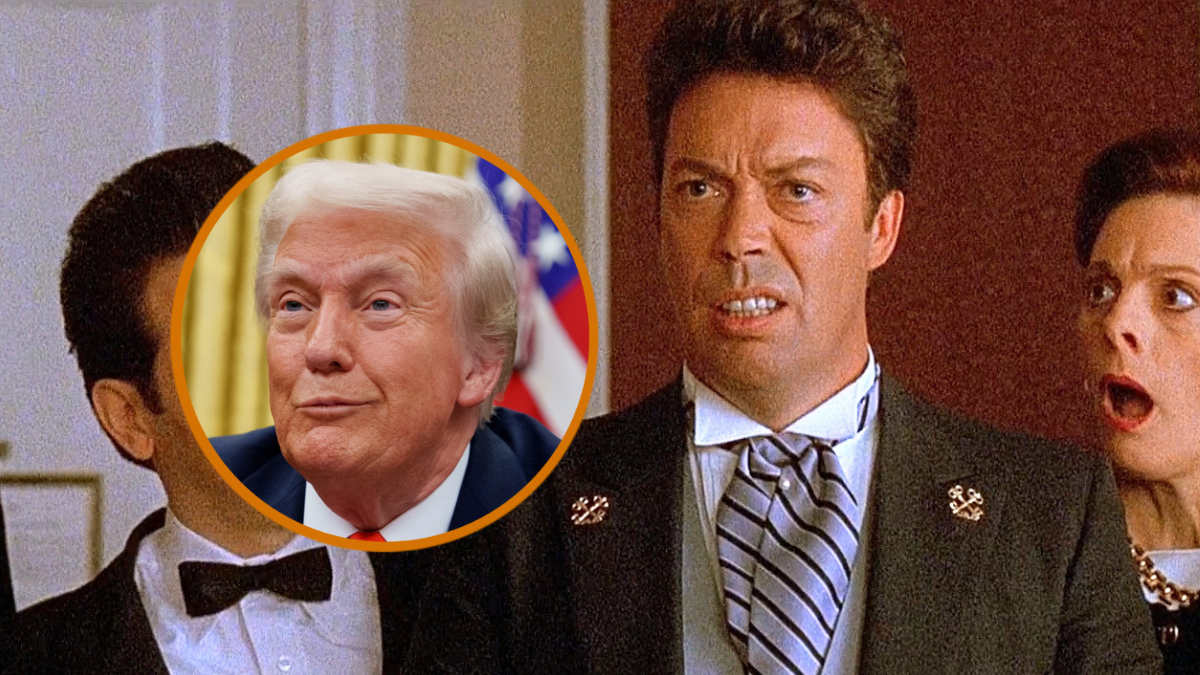
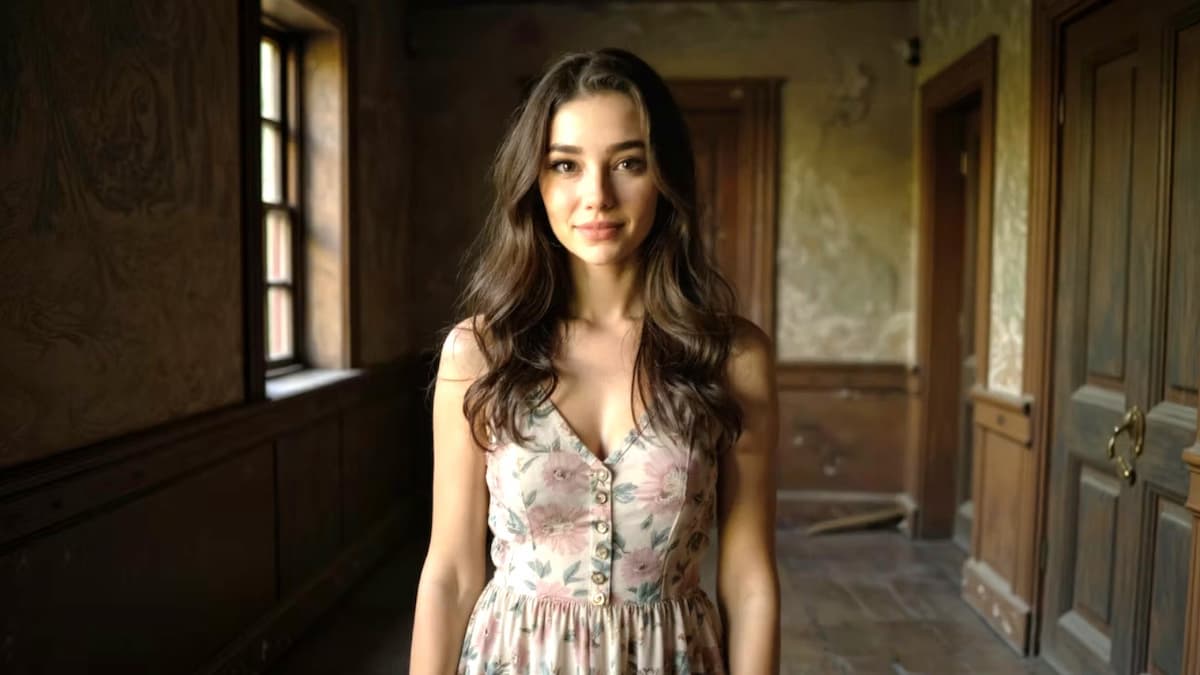

Published: Aug 23, 2024 08:56 am